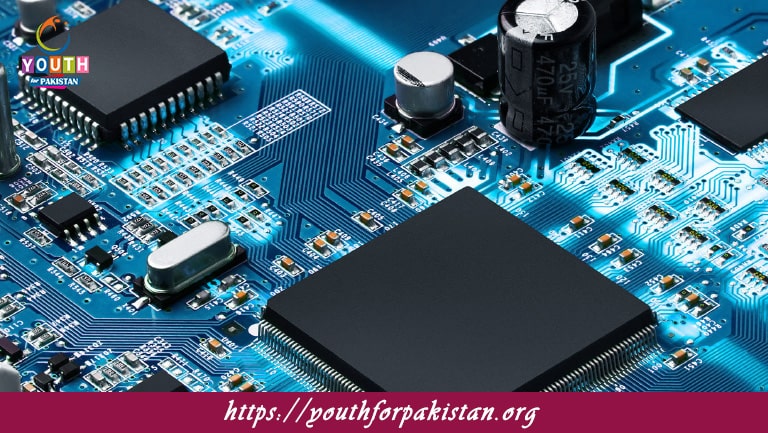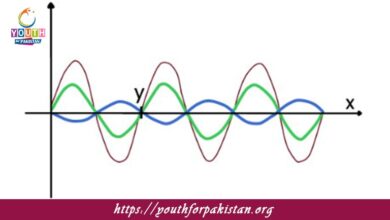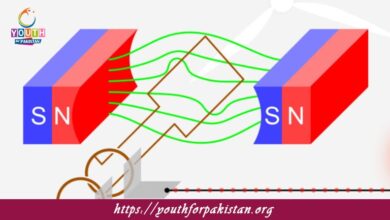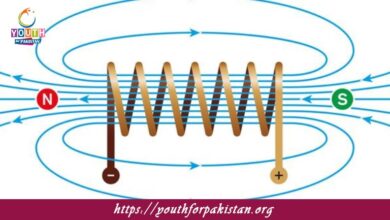Electronics MDCAT Quiz with Answers

Electronics MDCAT Quiz is that branch of physics and electrical engineering that is going to deal with the study and application of electrical circuits and devices involving the controlled flow of electrons or other charge carriers. It covers semiconductors, diodes, transistors, capacitors, and integrated circuits. Mastery of electronics for MDCAT students is vital in the areas of problem-solving related to circuit analysis, amplifiers, and functioning of various electronic devices used in communication, medical equipment, and computing systems. The major concepts in this regard would include Ohm’s Law, Kirchhoff’s Laws, and behavior of components in direct current (DC) and alternating current (AC) circuits.
Test Your Knowledge with an MDCAT Quiz
An MDCAT Quiz on Electronics is a great way to test one’s understanding of important concepts such as circuit analysis, the function of diodes, transistors, and operational amplifiers, and the behavior of components in different types of circuits. These quizzes contain practical problems on such topics as Ohm’s Law, current-voltage relationships, and the analysis of resistive, capacitive, and inductive circuits. Regular practice will ensure that you are confident and prepared for any type of electronics-related questions in the MDCAT exam.
- Test Name: Kilowatt-Hours (kWh) MDCAT Quiz
- Type: Quiz Test
- Total Questions: 30
- Total Marks: 30
- Time: 30 minutes
Note: Answer of the questions will change randomly each time you start the test, once you are finished, click the View Results button.
Free Flashcards for Quick Revision
Free Flashcards on Electronics are an excellent tool for quickly reviewing essential concepts, formulas, and definitions. Flashcards provide a concise overview of key topics such as the characteristics of semiconductor devices, the working principle of transistors, and the applications of electronic circuits in everyday technology. Flashcards are perfect for rapid revision and for reinforcing critical information needed for the MDCAT exam.
Experience the real exam environment with our expertly designed collection of over 25,000 MCQs MDCAT Mock Tests.






